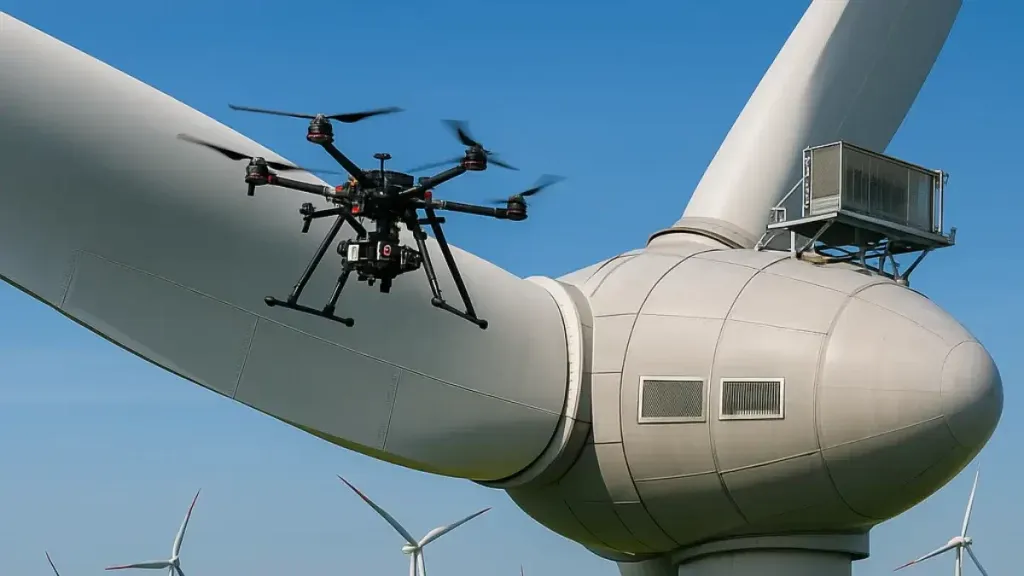In the ever-evolving landscape of smart grids, the ability to monitor and maintain transmission lines efficiently is paramount. A recent study published in the journal *Sensors* (translated from Chinese as “传感器”) introduces a novel approach to wire extraction that could revolutionize how we inspect and maintain these critical energy infrastructure components. The research, led by Ning Liu from the State Grid Electric Power Space Technology Company Limited in Beijing, offers a training-free method for extracting wire structures from large-format transmission line images, a task that has traditionally been challenging due to complex backgrounds and computational overhead.
The method proposed by Liu and his team leverages depth estimation maps to enhance the separation between foreground wires and intricate backgrounds. This approach allows for robust identification of slender wire structures, even in visually cluttered scenes. “The core idea is to improve the separability of wires from the background, making it easier to detect and extract these slender structures,” explains Liu. This is particularly important for high-resolution images acquired during routine inspections, where accurate wire extraction is crucial for subsequent defect detection.
Unlike deep learning-based methods, which require extensive training and annotated datasets, Liu’s method is training-free and dataset-independent. This not only reduces the computational overhead but also makes the method more adaptable to various scenarios. “Our method addresses the complexity of backgrounds and the computational challenges associated with large-scale image processing,” says Liu. This adaptability and efficiency could significantly impact the energy sector, where timely and accurate inspections are essential for maintaining the integrity and reliability of transmission lines.
The implications of this research are far-reaching. For energy companies, the ability to quickly and accurately extract wire structures from large-format images can lead to more efficient inspections, reduced maintenance costs, and improved safety. As smart grids continue to evolve, the demand for advanced monitoring technologies will only increase. Liu’s method offers a promising solution that could shape the future of transmission line inspections.
The study, published in *Sensors*, highlights the potential of innovative technologies to address longstanding challenges in the energy sector. As the industry moves towards smarter and more efficient solutions, research like this paves the way for advancements that could redefine how we maintain and monitor our critical infrastructure. The work of Liu and his team not only contributes to the academic community but also offers practical benefits that could resonate throughout the energy sector, driving progress and innovation.

